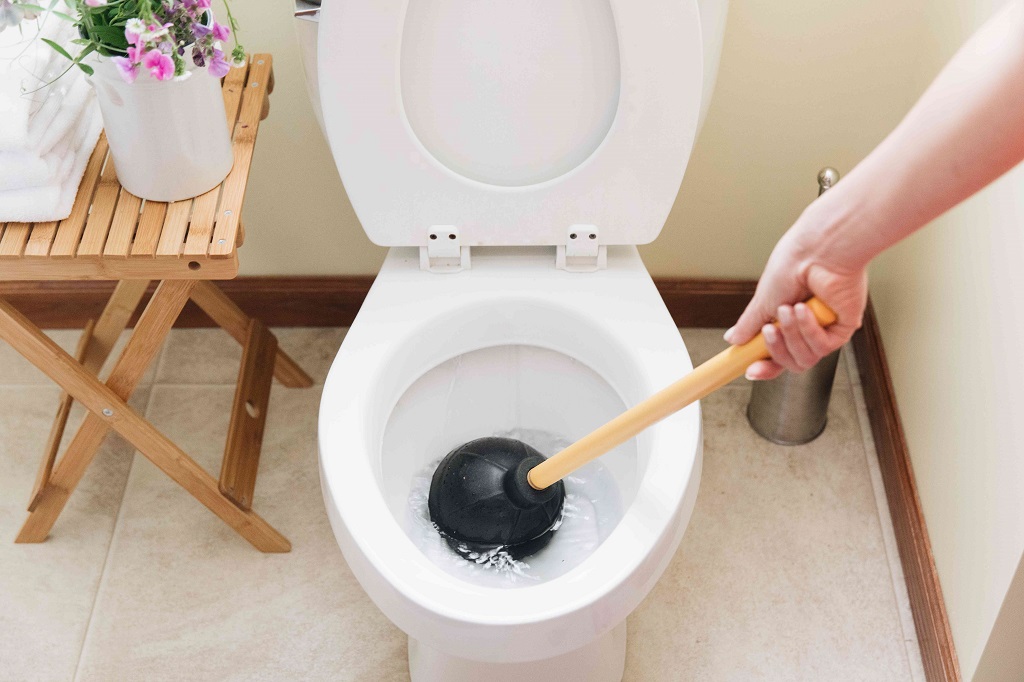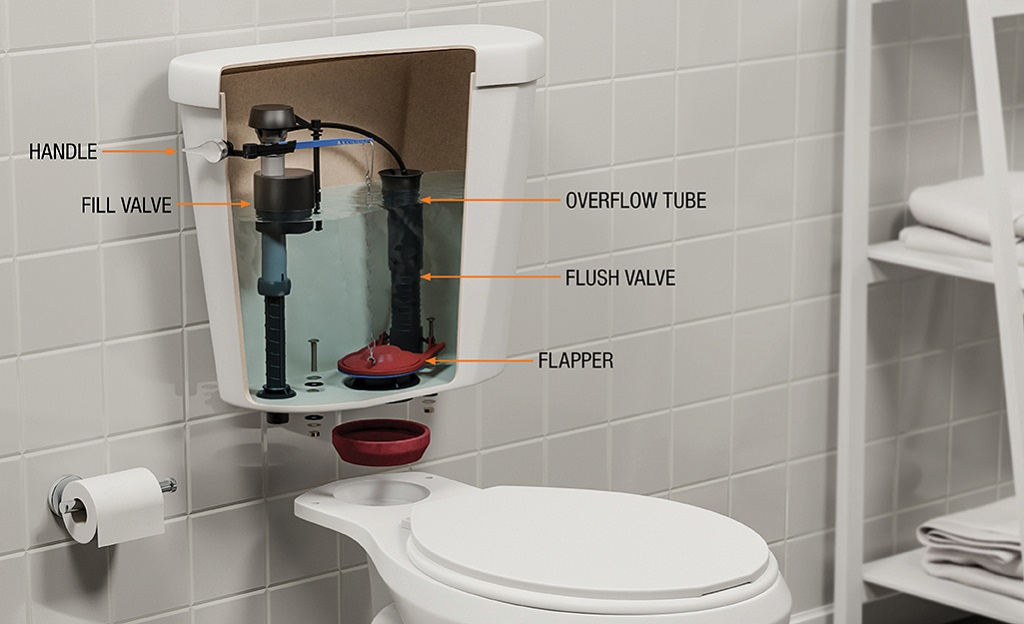
15 Oct How Can I Make My Toilet Flush Faster
Are you tired of waiting for your toilet to flush? Does it take forever for the bowl to empty, leaving you feeling frustrated and annoyed? You’re not alone. Many people struggle with slow-flushing toilets, but fortunately, there are some simple solutions to help make your toilet flush faster.
In this article, we’ll discuss the common reasons why toilets flush slowly and provide you with practical tips and tricks to speed up the flushing process. So, let’s get started!
Why Do Toilets Flush Slowly?
Toilets are designed to flush waste and water effectively, but sometimes they don’t work as quickly as we would like them to. Here are some of the most common reasons why your toilet may be flushing slowly:
- Clogged Drain: The most common cause of a slow-flushing toilet is a clogged drain. When debris such as toilet paper, sanitary products, or even excessive waste builds up in the pipes, it can restrict water flow and make flushing difficult.
- Low Water Level in Tank: If your toilet tank’s water level is too low, there may not be enough water to provide a strong flush. This can happen if the water supply valve is not fully open or if the tank’s fill tube is disconnected.
- A Faulty Flapper: The flapper is the rubber flap at the bottom of the toilet tank that opens to allow water to flow into the bowl during flushing. If it’s damaged or worn out, it may not seal properly, resulting in a weak flush.
- Hard Water Buildup: If you live in an area with hard water, mineral deposits can build up in the pipes over time, reducing the diameter of the pipes and making it harder for water to flow through.
- Damaged Flush Handle: The handle that activates the flushing mechanism can become loose or damaged over time, causing it to malfunction and resulting in a weak flush.
- Old, Inefficient Toilet: If your toilet is old or outdated, it may not be designed to use water efficiently, resulting in slower flushing times.
What if My Toilet is Clogged and the Plunger Doesn’t Work?

Now, this can be a real headache – your toilet is clogged and, worse still, your trusty plunger isn’t up to the task. So, what can you do when facing this issue of the “toilet clogged plunger not working”? Well, there are several alternatives you can try. For instance, you could use a toilet auger, a plumbing tool designed to reach further down the drain and break up the clog. Alternatively, you can use a mixture of vinegar and baking soda to try and dissolve the clog. If these DIY methods don’t work, it might be time to call in a professional plumber. For more detailed insights and tips on toilet clogged plunger not working, you can check out this helpful article: https://houseilove.com/what-if-the-toilet-is-clogged-and-the-plunger-doesnt-work/. Always remember, the key is not to panic and approach the problem calmly with the right tools and knowledge.
How Can I Make My Toilet Flush Faster?
Now that we understand some of the common reasons for slow-flushing toilets, let’s look at how we can improve the flushing speed. Here are five effective ways to make your toilet flush faster:

- Check for Clogs: The first step is to check for any clogs in the drain. You can use a plunger or a plumbing snake to remove any blockages that may be causing slow flushing.
- Adjust Water Level in Tank: If the water level in your toilet tank is too low, simply adjust the fill valve to increase the water level. This will provide more water for a stronger flush.
- Clean or Replace Flapper: If your flapper is damaged or worn out, it’s easy and inexpensive to replace. You can also try cleaning it with a mixture of vinegar and water to remove any mineral buildup that may be affecting its performance.
- Use Vinegar to Remove Mineral Deposits: If you have hard water, use a mixture of vinegar and water to clean the pipes and remove any mineral deposits that may be causing slow flushing. Simply pour the mixture into the toilet tank and let it sit for a few hours before flushing it out.
- Upgrade to a High-Efficiency Toilet: If your toilet is old or inefficient, consider upgrading to a newer model that is designed to use water more efficiently. This will not only improve flushing speed but also save you money on your water bill.
Conclusion
A slow-flushing toilet can be a frustrating and time-consuming issue. But with proper maintenance and some helpful tips, you can easily improve the flushing speed of your toilet. Remember to regularly check for clogs, adjust water levels, clean or replace damaged parts, and consider upgrading to a more efficient toilet for the best results.
FAQs
Can using too much toilet paper cause slow flushing?
Yes, excessive amounts of toilet paper can contribute to clogs and reduce the flow of water through the pipes, resulting in slow flushing.
How often should I clean my toilet to prevent slow flushing?
It’s recommended to clean your toilet at least once a week to prevent buildup and clogs that can cause slow flushing.
Can I pour chemicals down my toilet to unclog it?
Chemicals such as bleach or drain cleaners can damage your pipes and should be avoided. Instead, use a plunger or plumbing snake to remove clogs.
Will using a different type of toilet paper affect flushing speed?
Some types of toilet paper are thicker and more absorbent than others, which can contribute to slow flushing. Consider using thinner, single-ply toilet paper for better results.
How do I know when it’s time to replace my toilet?
If you’re experiencing consistent slow flushing despite trying the tips mentioned in this article, it may be time to replace your toilet with a more efficient model.

Sorry, the comment form is closed at this time.